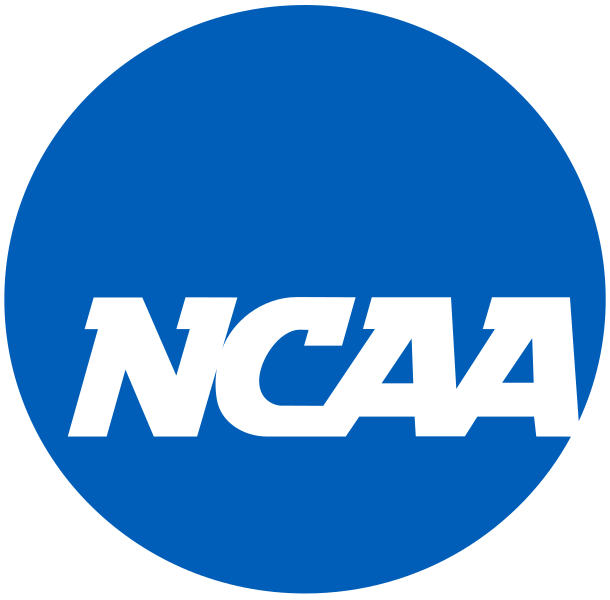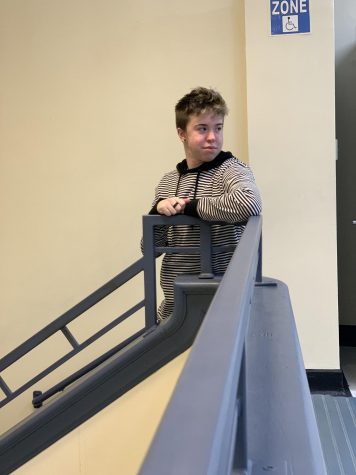NCAA to allow student athletes to make money
The National Collegiate Athletic Association will start allowing student athletes to benefit off of their names, images and likenesses in January of 2021.
November 11, 2019
The NCAA recently announced that in January of 2021 college athletes will be allowed to benefit from their name, image, and likeness. College athletes will be allowed to make money from advertisements that they appear in, both local and national. This new law comes after California became the first state to create a law that allows student athletes to get paid for endorsement deals and hire sports agents. This also means the return of favorite video games such as NCAA football.
The NCAA has been criticized for many years for making nearly 1.2 billion dollars a year in annual revenue, and not returning any of it to the student athletes, using amateurism as an excuse for not paying the athletes.
“I wouldn’t view it as a good or bad thing, but I’d view it as more of an incentive towards the athletes” said sophomore Owen Murphy.
Murphy, a sophomore who started for the varsity baseball team his freshman year, has committed to play baseball at the Division 1 school, Notre Dame.
One of the main problems that many people have with this new rule is whether or not it’s fair to all athletes. For example, a D1 baseball player like Murphy would be much more likely to receive money than a D2 or D3 baseball player, or even another D1 athlete at the same school who plays a less popular sport such as swimming or tennis.
“I don’t think it’s a good thing because there are very few athletes that get the publicity” senior Ryan Gaynor said.
Gaynor plans on playing basketball at Division 3 school Alma College in Michigan next year.
Even though there can be upwards of 20 athletes on a college team, only a few if any of these players would receive money. This means that while one player could be earning 1,000 dollars a month from advertising, while another player on that same team could be making no money for the same amount of work.
“It’s unfair that they are getting a free education and money,” Gaynor said
The athletes that would receive the majority of sponsorships or the best paying sponsorships would most likely be athletes that colleges have been watching since they were freshmen in high school, meaning that they would most likely be at that college on a scholarship.
Another question that people have about this new rule is if it’s fair to all athletes? Of the almost 1.2 billion dollars the NCAA made in 2018, almost 75 percent of that came from men’s basketball. This means that the 23 sports other than basketball(not including football because the bowl games and Division 1 football are operated separately), combined for 25 percent of the NCAA’s total income in 2017.



